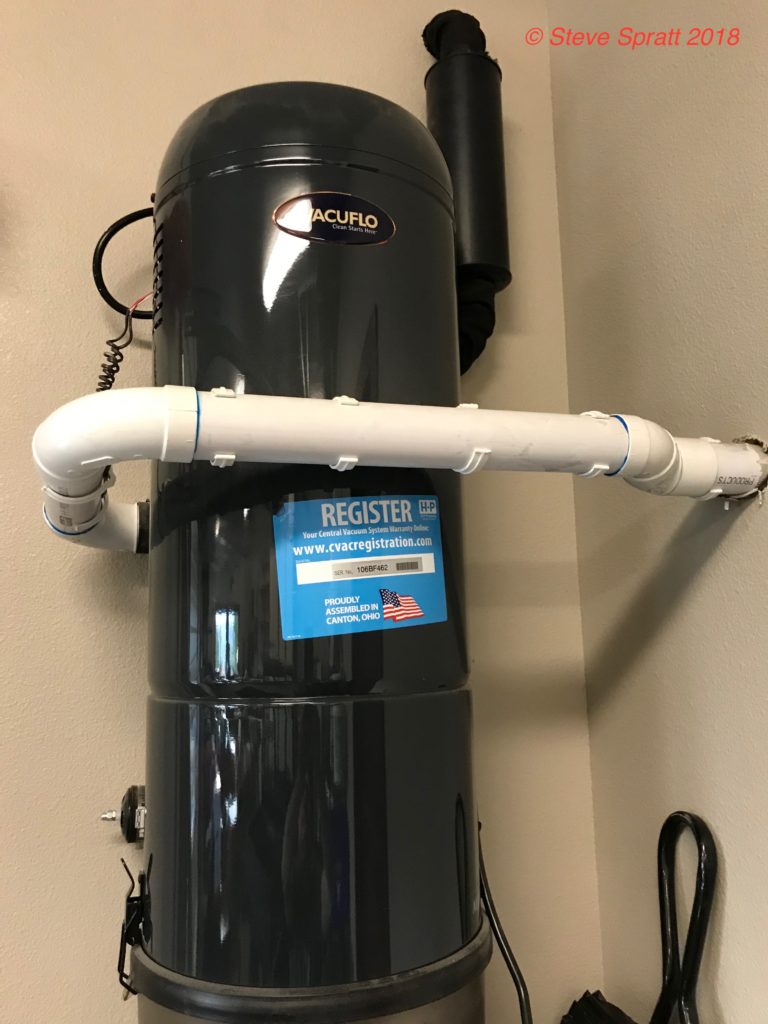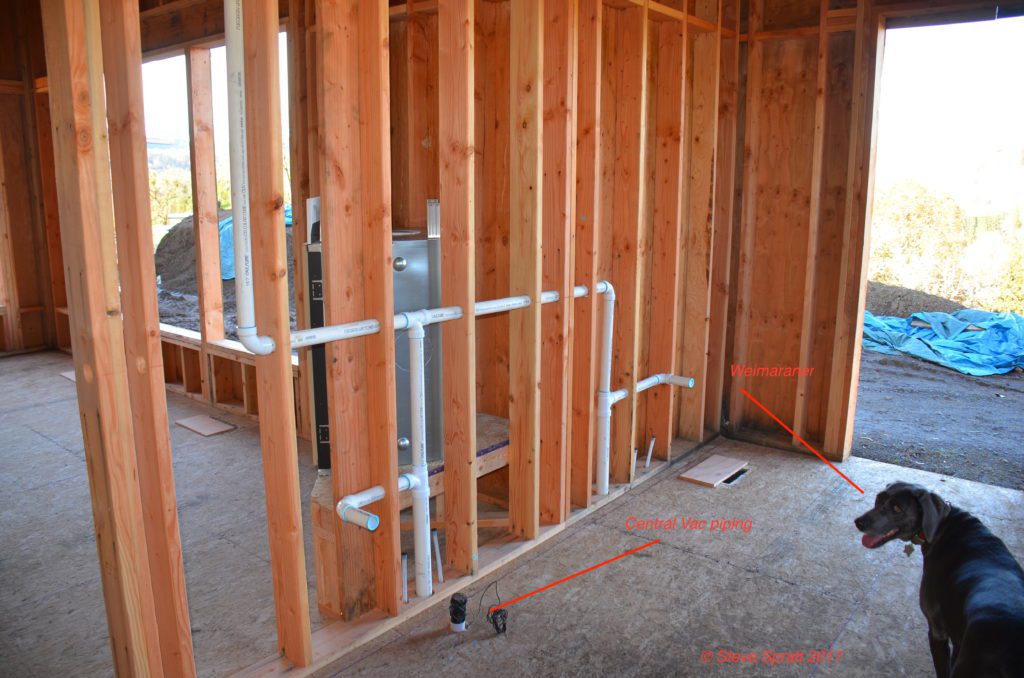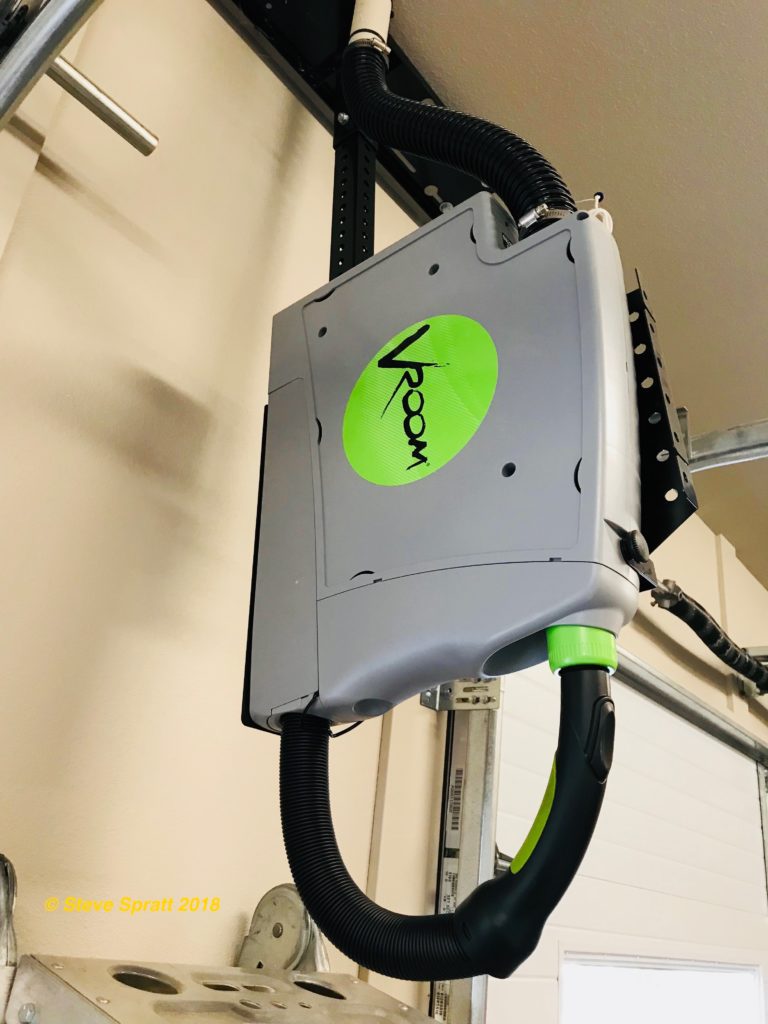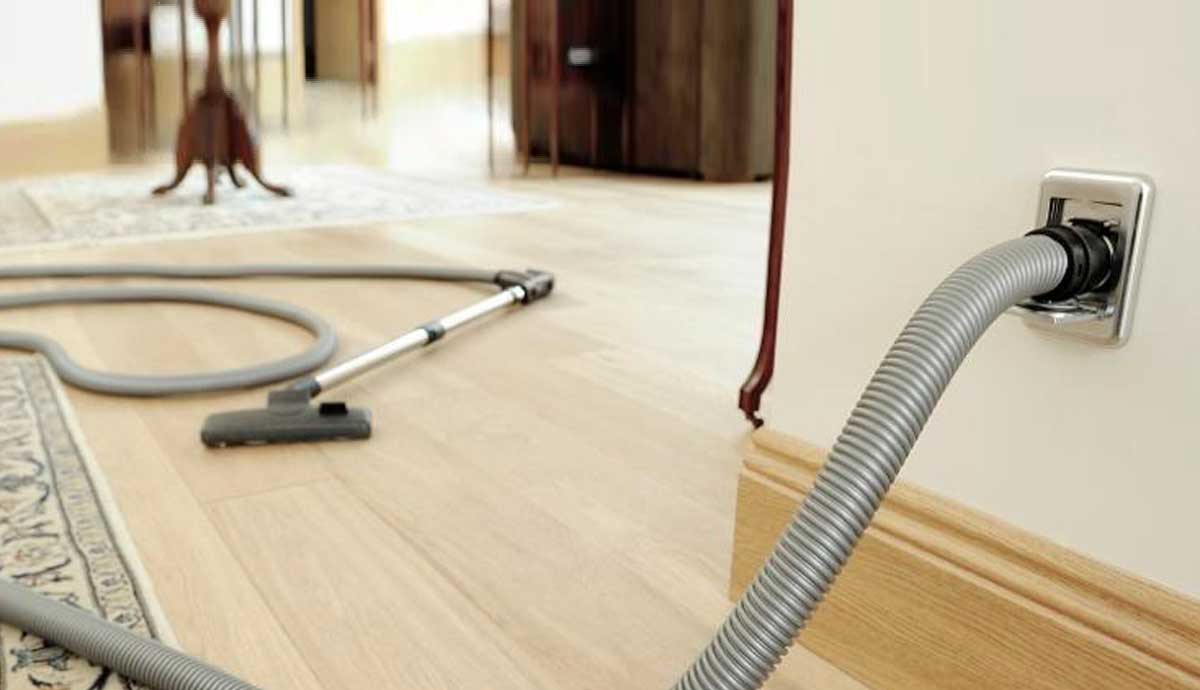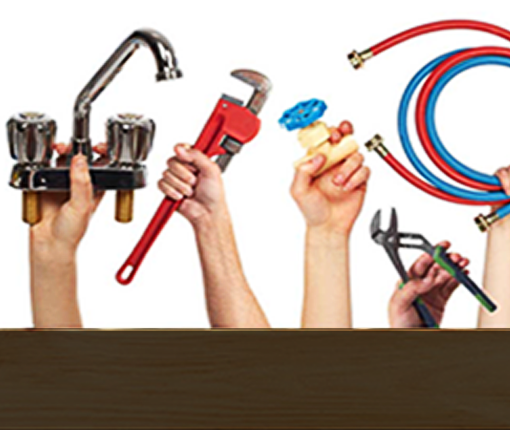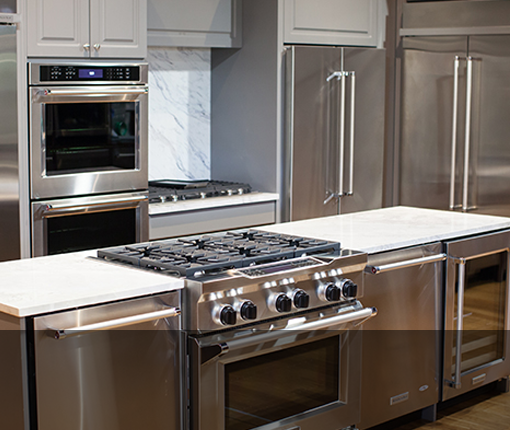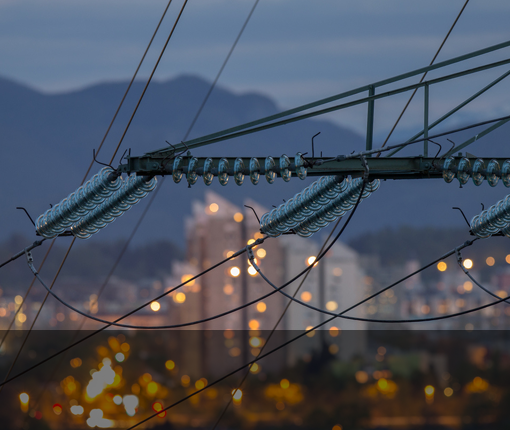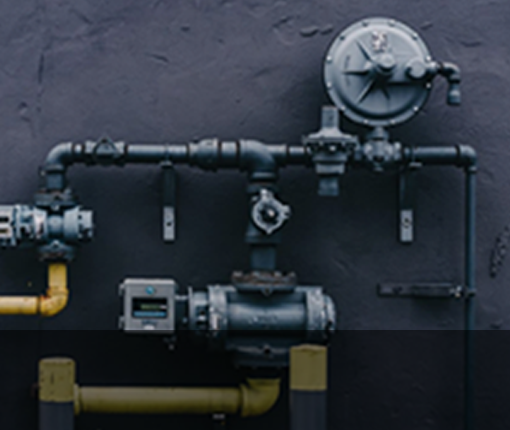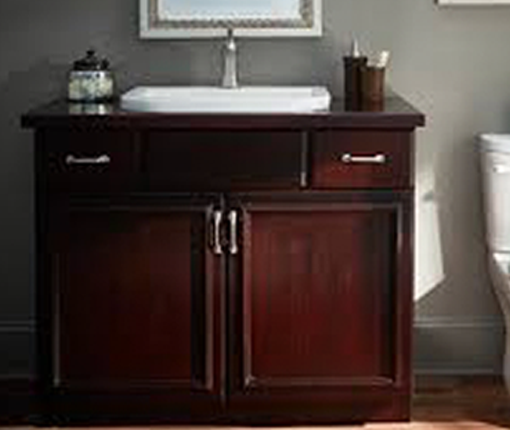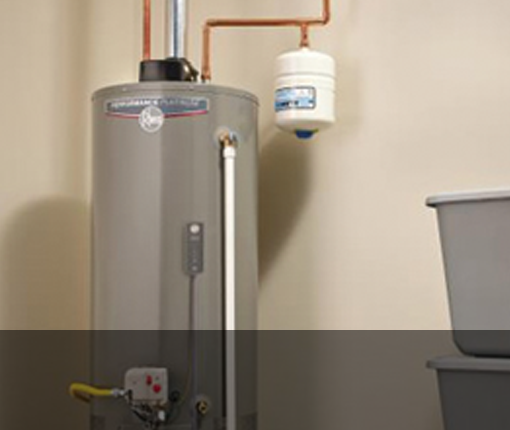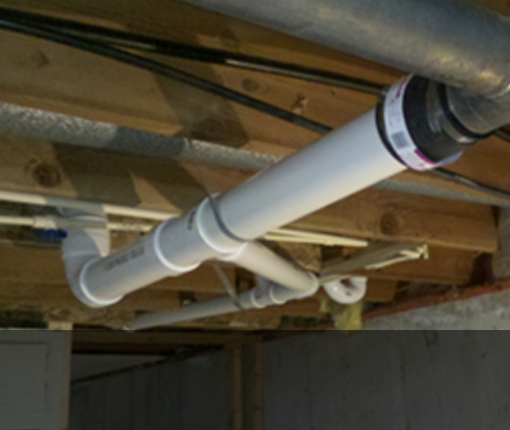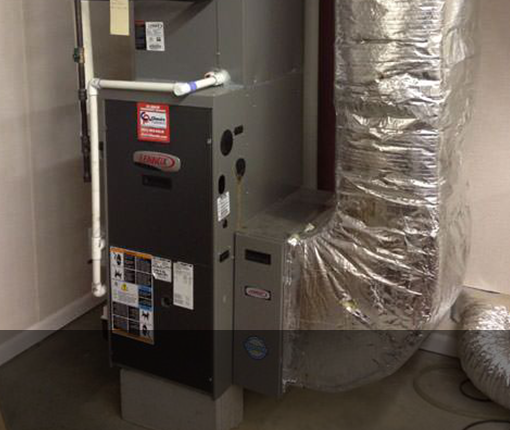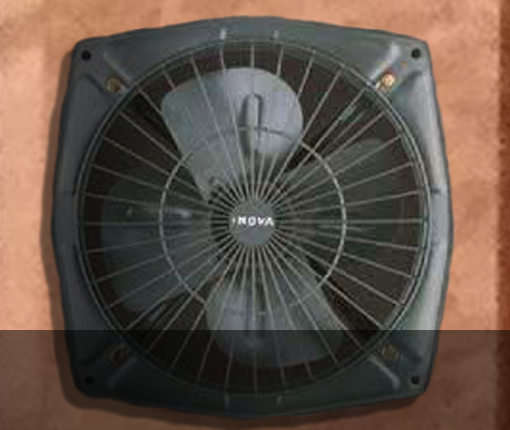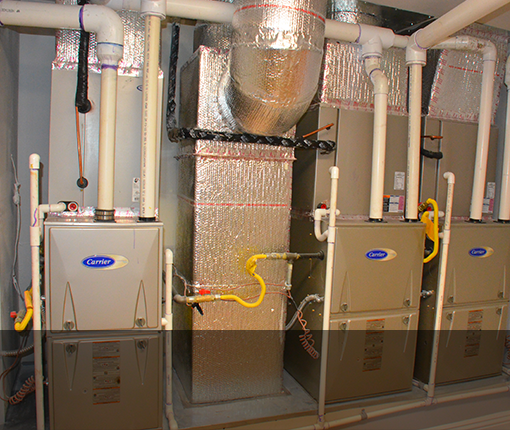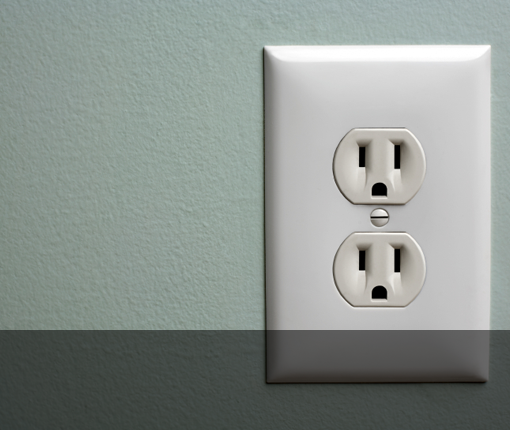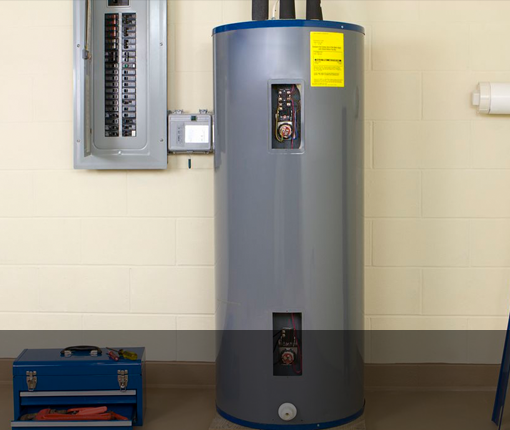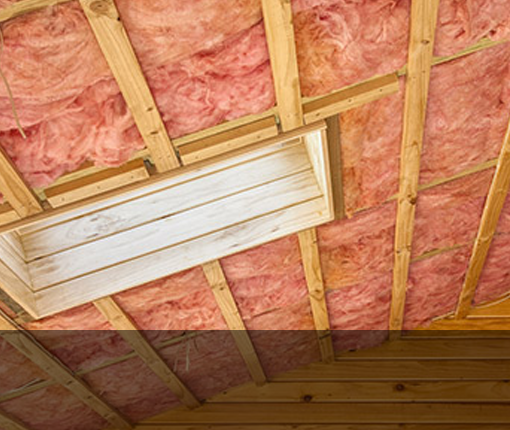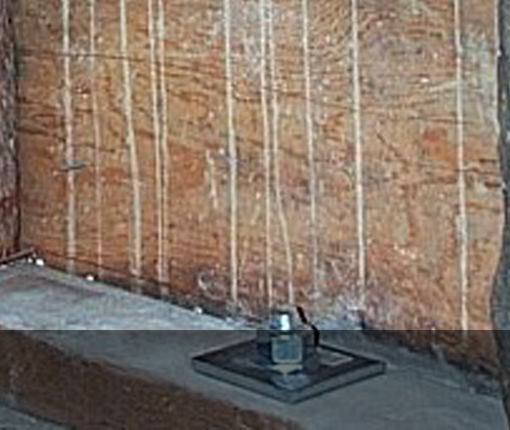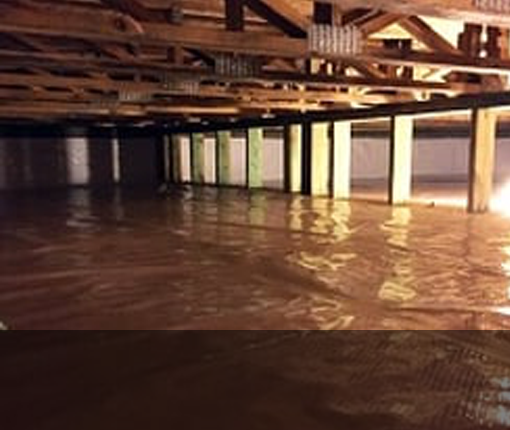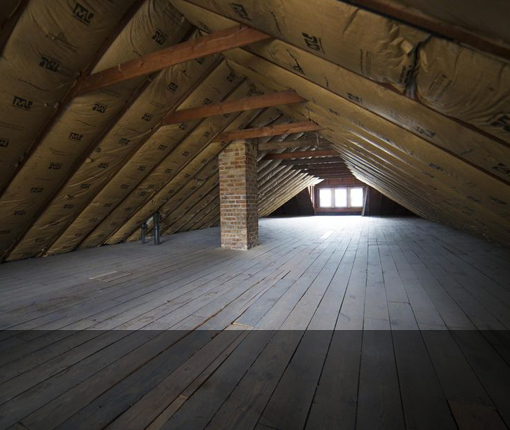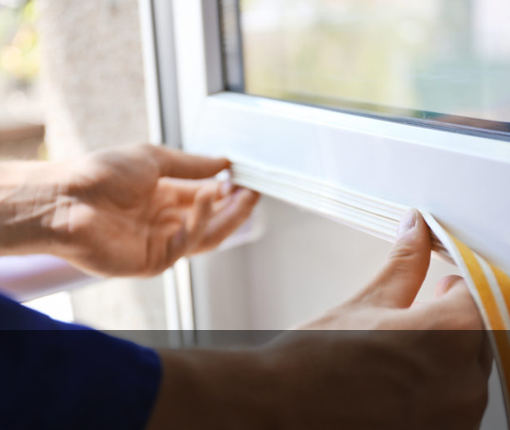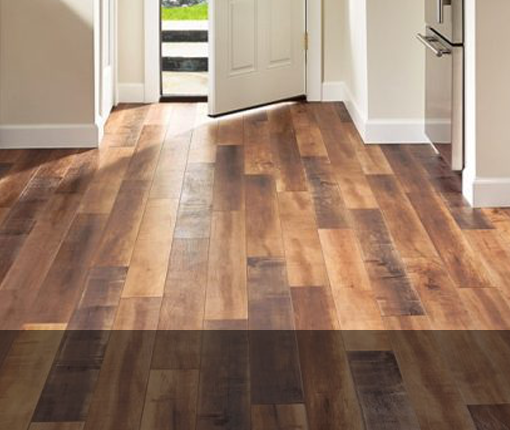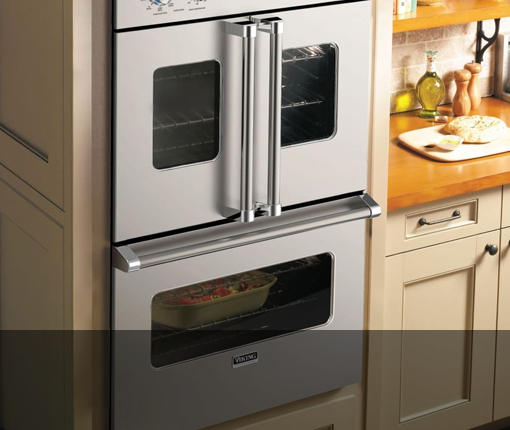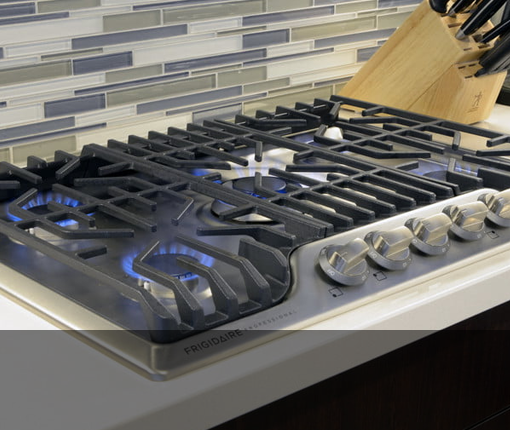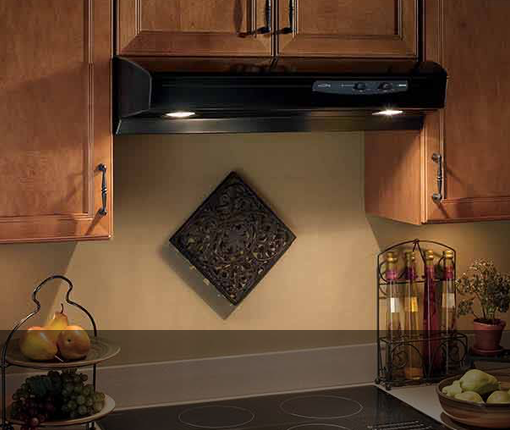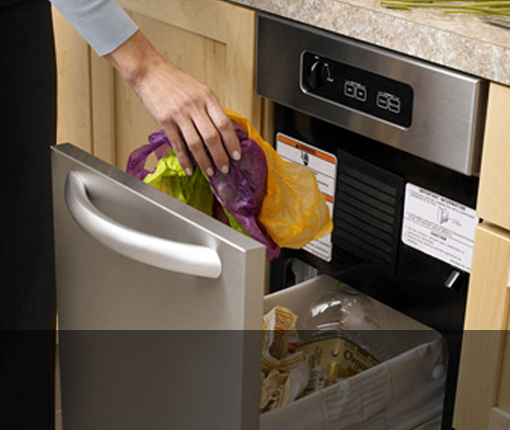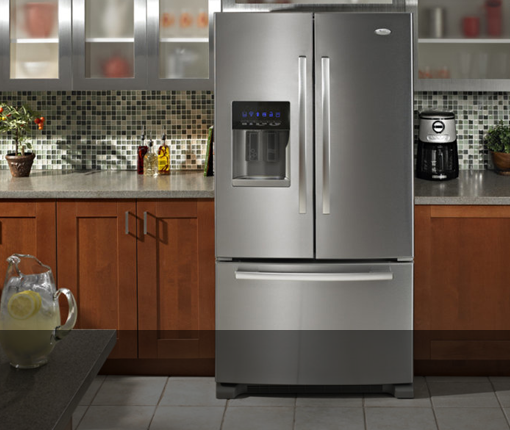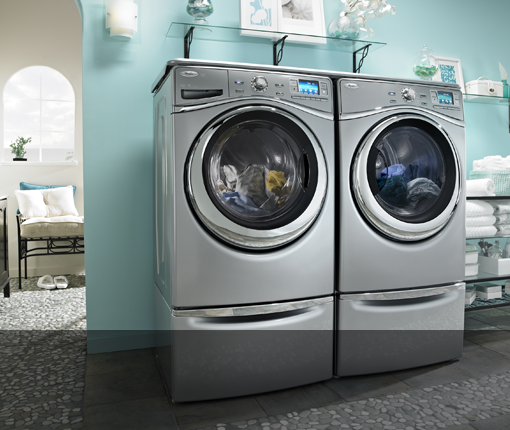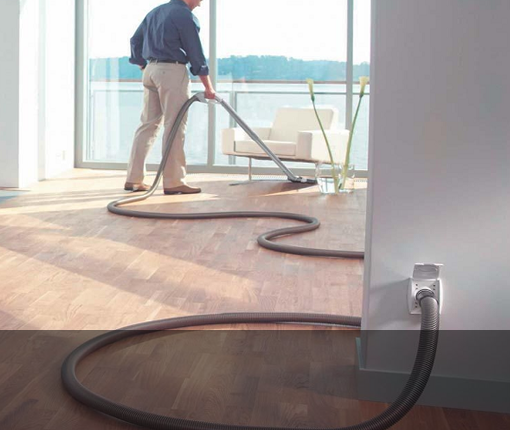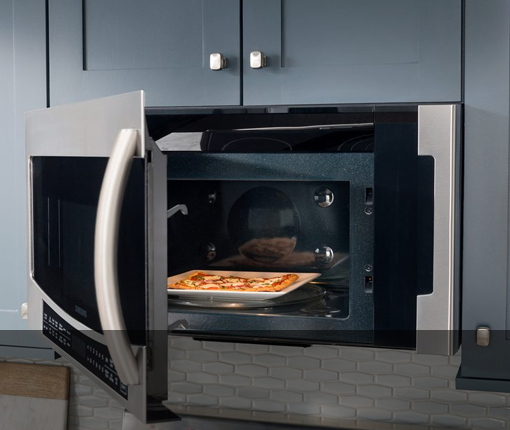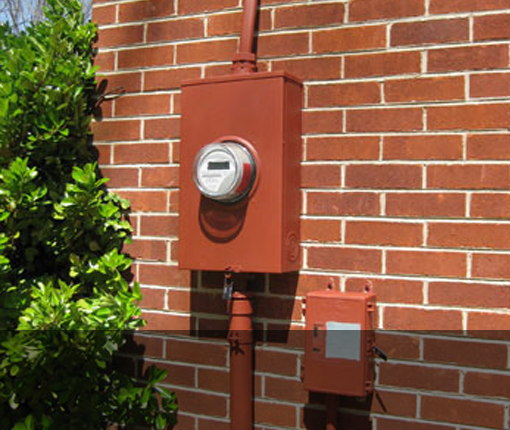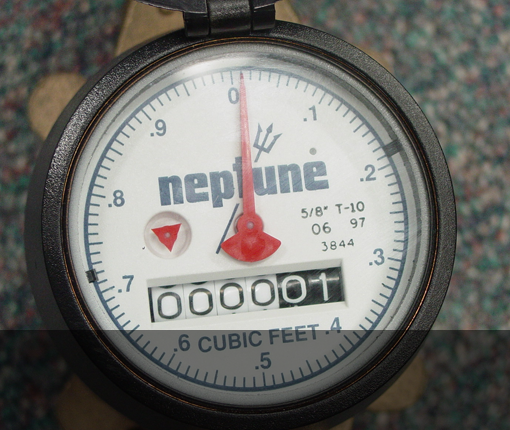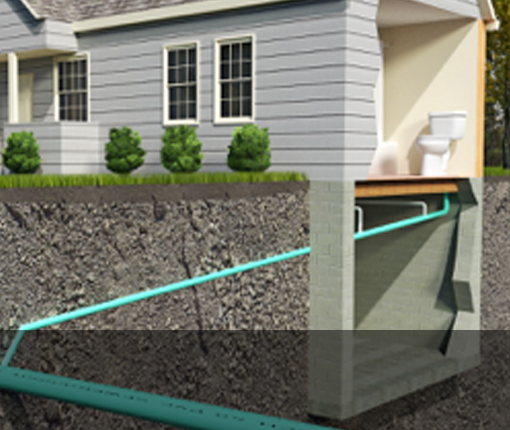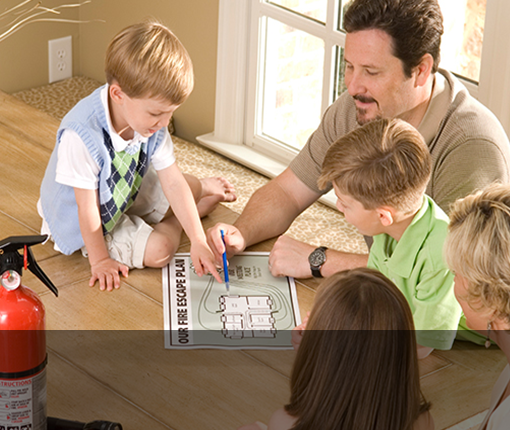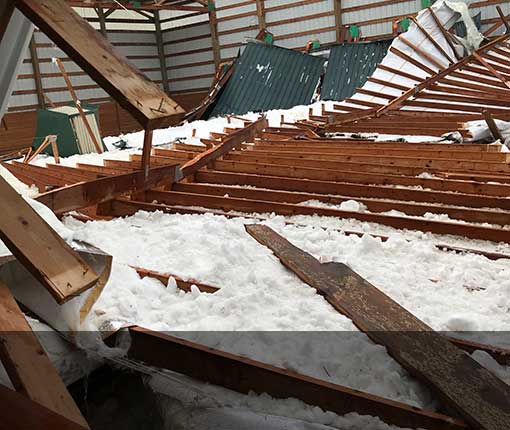Central Vacuum
The Central Vacuum is one of the handiest built-in appliances on the planet. These products are powerful, durable and best of all invisible. And the result is ultimate convenience for the homeowner.
The system: motor, filter, piping, hoses and attachments.
Central vacuum systems have a very powerful main motor with an enormous filter unit that is mounted permanently and remotely. The garage is the usual location for the motor unit. As this makes maintenance is easier. Placing the motor in the garage also isolates the noise of the unit when in use.
The motor/filter unit is connected to the rest of the house with 1.5” diameter pipe that is built into the structure. The pipes run to connection plates on the interior of the home. Long flexible hoses attach to these connection plates for actual use. Central vacuums become a permanent part of the infrastructure just like the plumbing and electrical systems.
Super convenient
For indoor use, soft, furniture-safe hoses attach to a wall outlet then connect to various attachments. Various length hoses are available to reach everywhere in your home. Tools and hose attachments can tackle almost any vacuum cleaning job you can imagine.
If storing long hoses is a problem, there is a simple solution. Models are available that actually suck the hose back into the wall for storage.
In addition to normal hose connections, some makers also offer retractable ceiling hoses for shop or garage use. I have one of these mounted in my garage and love it.
Special floor terminations can also be installed in cabinet toe-kick areas where debris can be swept into the system. These toe-kick inlets are great for quick sweepings of busy areas like kitchens and bathrooms.
In some homes, central vacuums can even be retrofit into the existing structures by running the piping through the attic or crawl area.
Warning
Central vacs are DRY system vacuums only. Do not use them to suck up water or any other liquids. Doing so can do permanent damage to the system.
To-Do
- Find your appliance’s owner’s manual and place it in a secure location for future reference. If you have lost the manual or want a second copy, you can usually find them on line.
Maintenance
- 1x per month: Keep the easily emptied catch basket and filters clean at all times. Run special cleaning cloths through the piping at least once every month to keep the hoses clean and fresh smelling.
- 1x per year: Inspect the hoses, connector plates and attachments for wear and clean/repair as needed.
